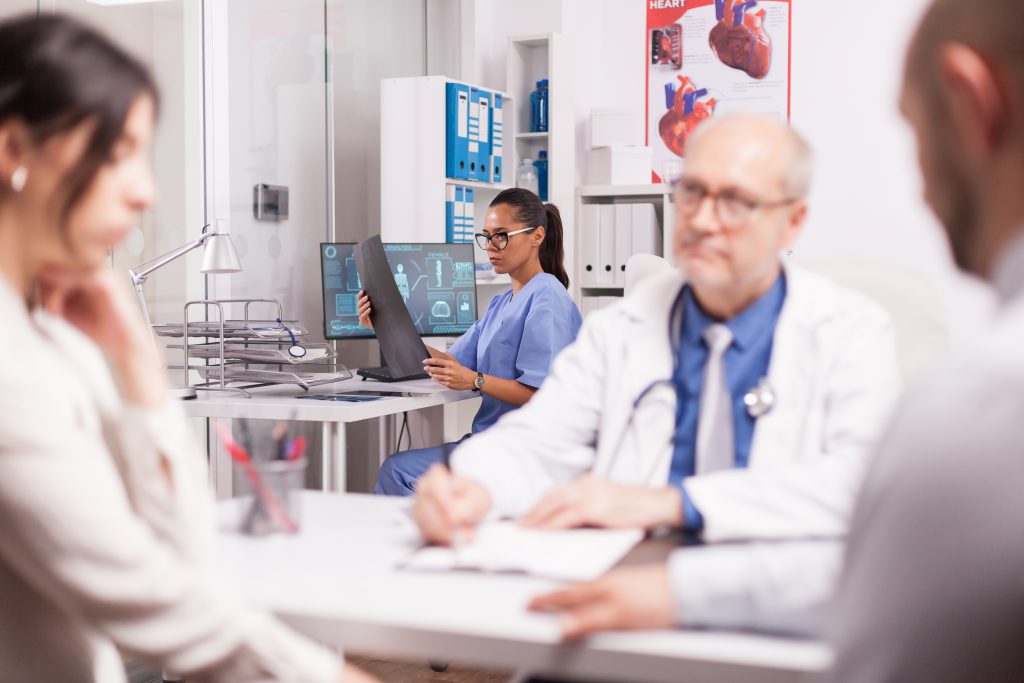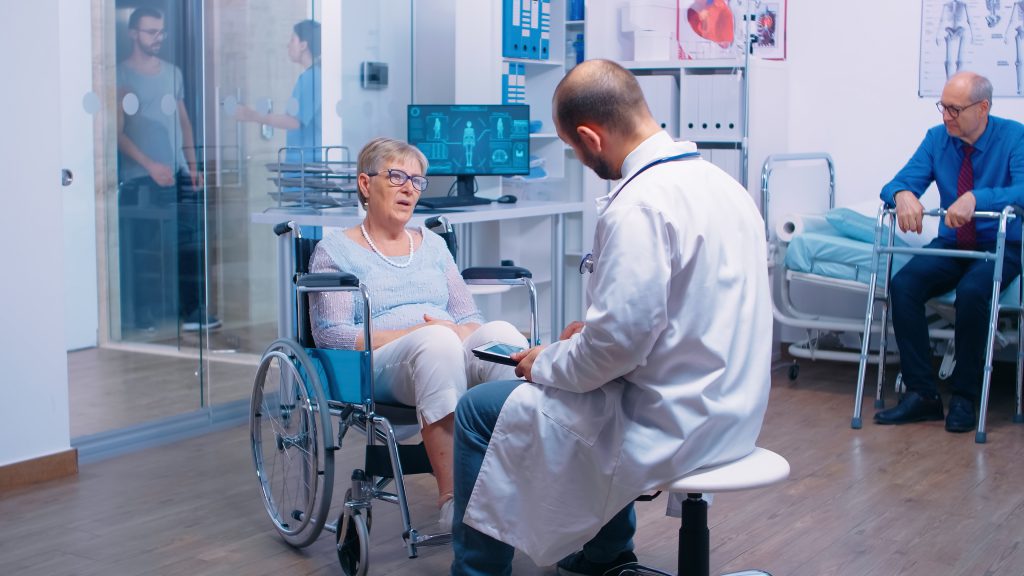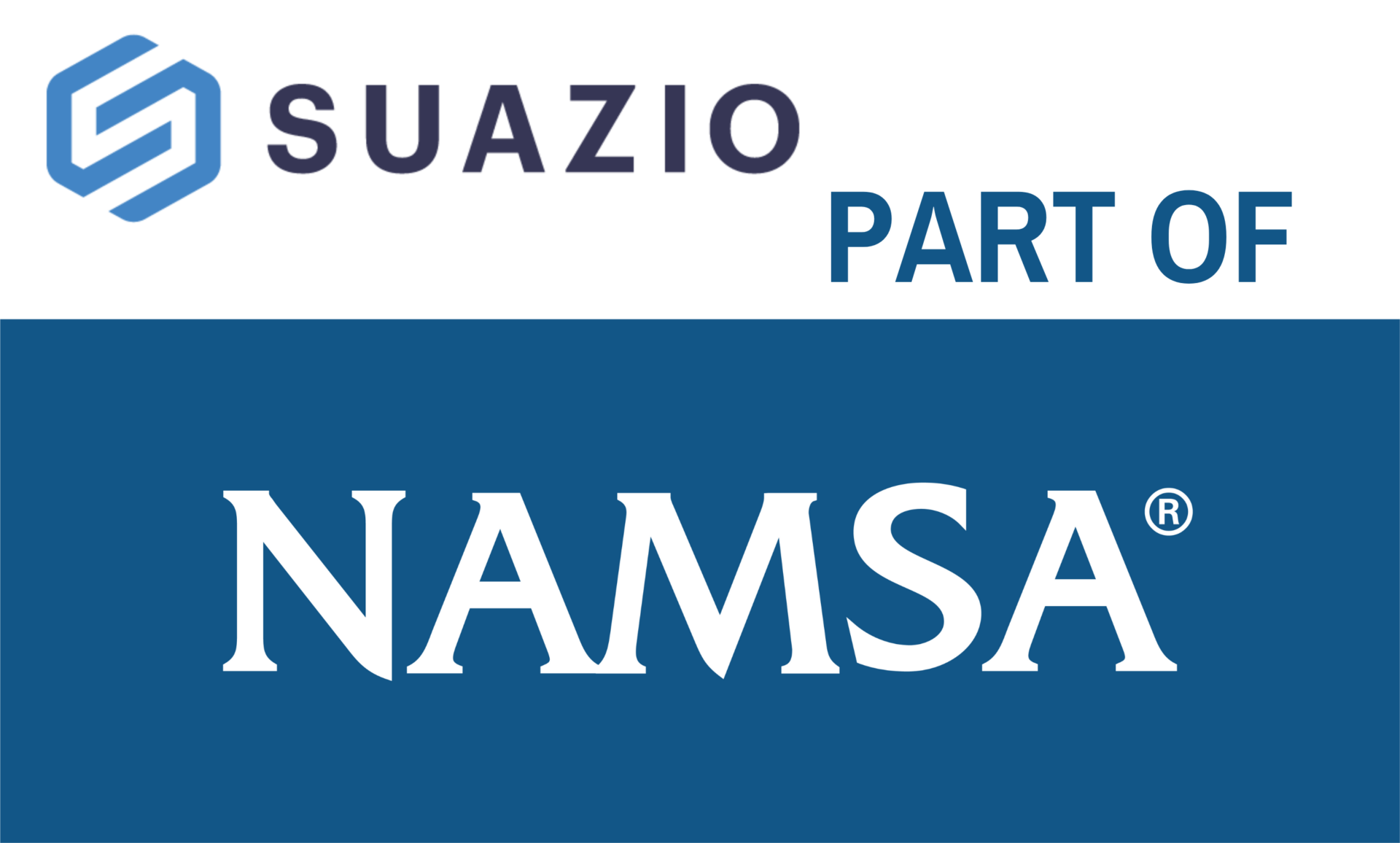Investigating the potential value of a new diagnostic device for measuring kidney function
The question
Current research has proven that patients who are experiencing kidney failure is a rapidly growing group. In many of the cases, the failure appears to be a result of longer hospitalization in the ICU (for example: people who are battling cancer).
Knowing this, our client asked us to test the concept of their new diagnostic device for measuring these renal issues. This new technique would provide a quicker and more clear indication of whether there are problems in the kidneys. This way, it’d allow treating physicians to respond more quickly to the situation at hand.
We focused on the potential acceptance of, and potential barriers against, the introduction of this technology. Our research was executed within ICU departments and oncology centers (outpatient centers as well as hospitals).
The end goal
By the end of our research, we needed to know whether this new diagnostic device would be adopted in the ICU and/or in oncology centers – and which pricing would prove to be reasonable in order to get this done.

Our approach
We executed 40 in-depth telephone interviews of 45-60 minutes with ICU physicians and oncologists in the USA, Germany and France where we presented the concept of this diagnostic device. Our interviews contained the following steps:

First, we asked about the current standard of care
We kicked off with research and questions considering the current standard of care.
Which current testing methods are being used the most today – and what are the biggest pros and cons of these tests?
Then, we proceeded to concept testing
Knowing this, we went on to the concept testing phase: a thorough evaluation of the product that rates aspects such as appeal, relevance, credibility and uniqueness.
Overall, these scores proved to be quite good – without any significant differences between the different countries.


We looked at the likelihood to adopt considering potential and usability
Next, we asked our interviewees about how they see and rate the potential and usability of this product.
These results were very important to complete the last stage...
… the likelihood to purchase.
We needed to figure out how much this new product proved to be worth in the eye of our clients.
Following this, we could advise our client about how to correctly set their pricing in order to respond to this.

Our outcomes
Out of our research and interviews, we distilled three very valuable insights:
-
The highest adoption potential was centered in ICU, which is not very surprising: ICU physicians are overall more focused on quick results and that is exactly what this new diagnostic device delivers.
-
We discovered the main benefits for our potential customers: the ability to get faster test results and the continuous availability of monitoring data.
- We got an evaluation of price sensitivity and gathered knowledge about the willingness to pay. Next to this, we discovered evidence gaps: we did this by asking questions such as what else would they need to consider to start using this product, which researches and studies would they like to be conducted, and so on.

How they will help the customer
We now have a solid idea of the standard of care today, an even better idea of the clients’ willingness to pay for a new diagnostic and we held a thorough evaluation of the new product.
Our client needed exactly these three elements in order to make a perfect assessment about whether this product will be successful in today’s market.
